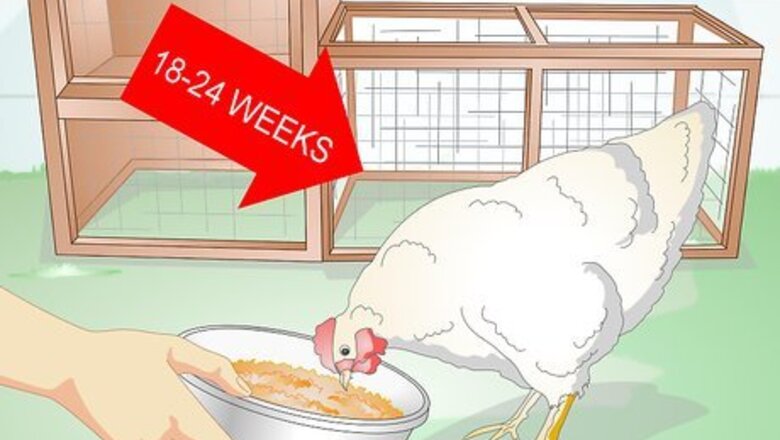
views
Feeding Laying Hens

Provide your hens with the right food and nutrition at the right time. When your hens are mature enough to start regularly producing (18 to 24 weeks depending on breed), you need to make sure that they have the right feed and nutrients to produce eggs suitable for human consumption. Otherwise, your hens' egg production will be poor and their eggs might break before they make it to the table. The proper diet will also ensure that your hens look and feel healthy.
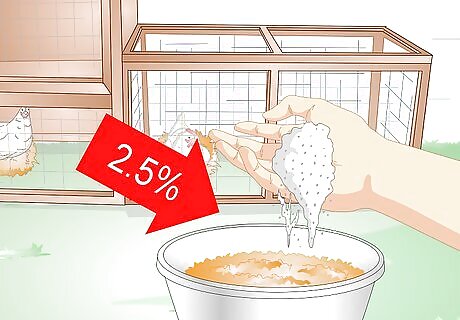
Add calcium to the hens’ diet, at the right time. After about 20 weeks, you need to up the amount of calcium your laying hens consume. Laying hens need 2.5% to 3.5% calcium in their feed, which is higher than other chickens. The calcium will help provide the proper nutrients to support healthy eggs. Offer this calcium to your hens separately from their regular feed, so that they can consume it at their own pace. For good sources of calcium, consider: Oyster shells. Calcium grit. Limestone. The hens’ own eggshells, but only after they have been cooked and thoroughly cleaned. If you choose to offer eggshells, grind them up into a fine powder so that the hens do not recognize what they are eating and decide to try eating their own eggs. Feeds with added calcium.
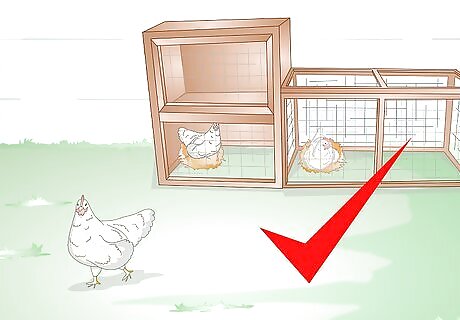
Allow your hens to roam free. Free-range chickens are able to supplement their diet with a variety of insects, berries, seeds, and grain. This will not only help them secure the nutrients for healthy egg production, but it will also improve the taste of your eggs. In addition, you’ll have happier hens, and you might even be able to sell their eggs for more money to a population that is increasingly concerned with the well-being of farm animals.
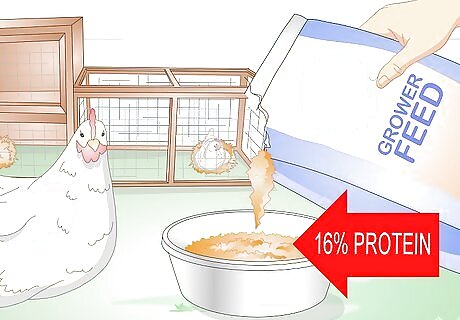
Maintain appropriate amounts of protein. You don’t want your laying hens to have too much protein in their diet. While meat hens need 20-24% protein in their diet, laying hens only need 16% or less protein. As a result, be alert to the type of feed you buy, and what your hens are consuming. To boost protein, consider: Letting your chickens free range for worms. Extra grower feed. Feed that is formulated for laying hens.

Find some good layer feed. Layer feed is feed that comes with the nutrients that laying hens need to produce healthy eggs. If you don’t want to spend a lot of time overseeing your hens’ diets, consider purchasing a pre-mixed layer feed. If you do formulate your own layer feed, make sure that it has the protein (16% or less), and calcium levels (2.5% to 3.5%) to ensure that your eggs will be strong enough to make it to the table. Typical laying hens will consume a quarter of a pound (0.11 kg) of feed a day. Provide your hens with all of their food at one time, preferably in the morning. Always check feed levels to make sure your chickens have enough feed.
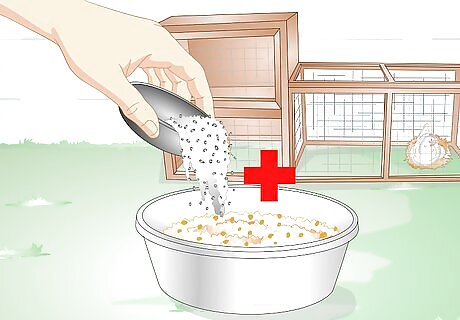
Provide your hens with a bowlful of grit. Grit refers to tiny pieces of stone or gravel that stay in the hens’ gizzards and help to grind down their food. Without a little grit in their diet, your hens won’t be able to digest and use all of the nutrients they’re supposed to be getting in order to produce healthy eggs. Adding grit to your hens' diets is especially important if your hens are confined and you don’t allow them to roam.
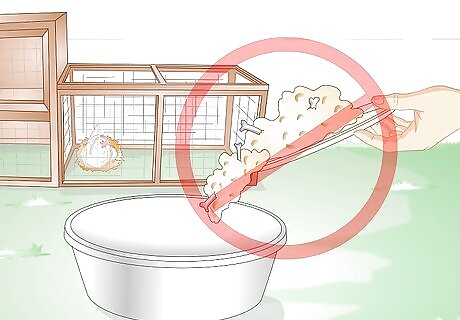
Avoid feeding your hens large amounts of table scraps. While table scraps can supplement the diet of your hens, you need to be careful about what you’re feeding them. Some foods will hurt the egg production of your hens, rather than help it. Consider: Egg laying hens should not be fed more table scraps than they can consume in 20 minutes. Potatoes, pasta, beans, and even stale bread are all ok. Avoid avocado, chocolate, citrus fruits, and tomato stems. These are toxic to chickens. Avoid foods with strong tastes like garlic and onions, as the eggs might take on those tastes. Table scraps could also increase the fat intake of your hens, making them overweight and unhealthy.
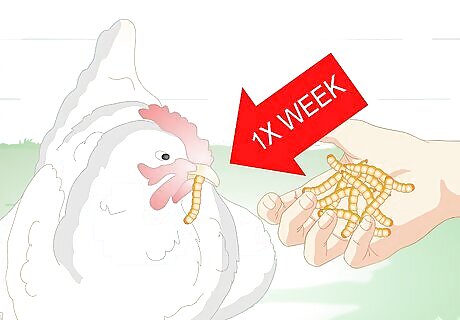
Feed your hens mealworms, sometimes. Mealworms are little worms that provide hens with lots of protein and other nutrients. As a result, you should consider mealworms only as a treat for your hens. While they might make your hens happy, feeding them too much could undermine your egg production by raising their protein levels too high. Give your hens mealworms maybe once a week. Mealworms are probably unnecessary if your hens free-range, as they’ll be able to find their own worms and other insects. You can grow your own mealworms, if you don’t want to buy them.
Creating the Circumstances for Healthy Laying Hens
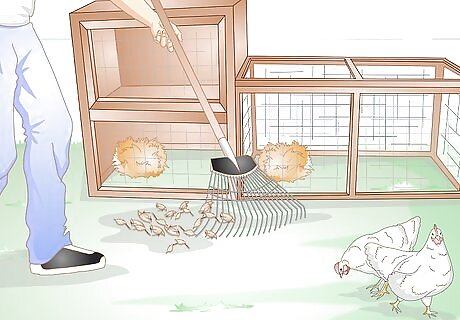
Maintain a healthy coop. The overall status and quality of your coop is going to impact egg production and will impact your hen's feed consumption. Unhealthy coops are breeding grounds for bacteria and disease, will contaminate your food, sicken your chickens, and potentially lower your egg yield. A few simple steps will prevent such problems. Consider: Deep-cleaning the coop every month or so. Scrub out the coop with a scrub brush and spray it down with a bird-safe disinfecting spray, such as diluted white vinegar. Cleaning up any droppings and rotting feed inside the coop once a week. Allowing your chickens to roam free a couple of hours a day. Make sure they are safe from any potential predators, however. Not overcrowding your coop with too many hens. The recommended size is 4 square feet (0.4 sq. m) per hen for birds that are allowed to free-range, and 10 square feet (1 sq. m) per hen for birds that are confined at all times.
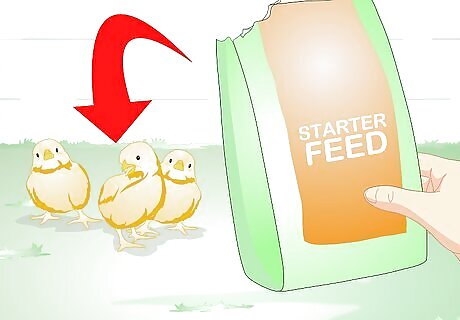
Start your chicks on a healthy diet geared toward egg-laying early. Chicks should get starter feed until they are 6 to 8 weeks old. Starter feed will give them all of the vitamins and nutrients needed to develop into healthy egg-laying adults. The amount of feed chicks need per day varies depending on breed and age, so consult the back of your feed bag or someone at your local feed store. A sound investment and good care early on will help you get more eggs later.
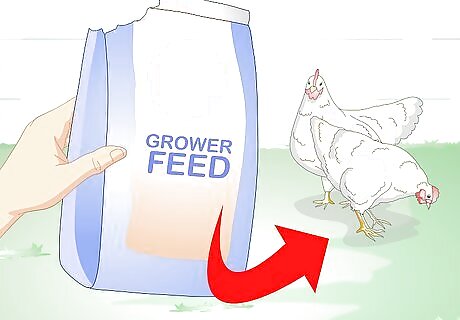
Switch your chicks to grower feed at the right age. After 6 to 8 weeks old, you should switch your chicks to grower feed. This will help them grow, mature, and develop into the egg layers you want them to be. At 20 weeks, you’ll have to switch them to a feed more suited toward egg-producing. Consult the back of your feed bag or an employee at your local feed store for information on how much to feed different types of chicks at different ages.












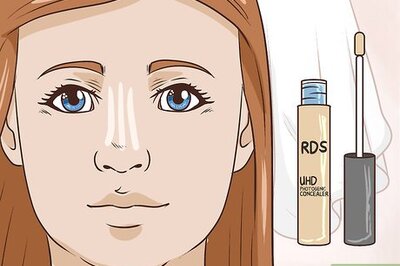


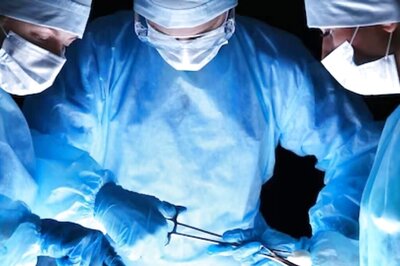

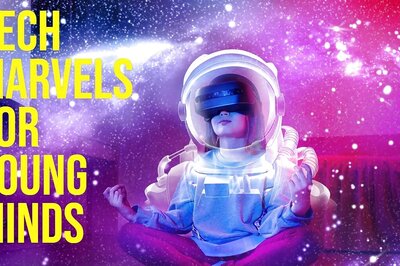


Comments
0 comment